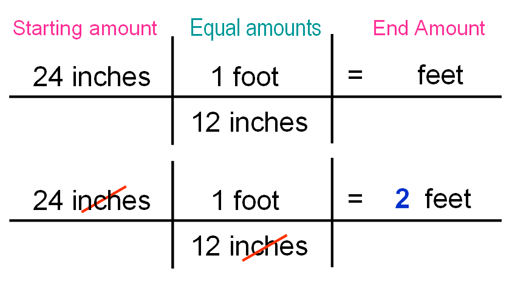TO REMEMBER!
*
Accuracy and
precision is VERY important in science.
* Calculators are NOT smart enough to decide what is precise and what isn't.
* Scientists have established rules for rounding off extra digits; you
MUST follow them!
SIGNIFICANT DIGITS
- Non-zero digits are always significant.
- If the zero is a place keeper it is not significant.
example: 0.0098 (2 s.d.)
0.00043 (2 s.d)
- Any numbers to the left of a decimal point are significant.
example: 2.00, 27.06, 38.9000
- Zeros after another number are significant.
examples:
HOW MANY SIGNIFICANT DIGITS ARE IN...
14.78? ............_____s.d.
2.04? .............._____s.d.
9.00? .............._____s.d.
0.0038?..........._____s.d.
(answers: 4 s.d., 3 s.d., 3 s.d., 2 s.d.)
- when you multiply/divide ROUND to the number wit hthe fewest S.D.'s
example:
- 1.38797 x 38.234 = 53.067644 => 53.068
SCIENTIFIC NOTATION
- used if we need to write the number 2000 with only 2 s.d.'s
> 2.0 x 10 ^ 3
- used if we want to write the number thirty three billion four hundred million without taking up an entire line.
- Shows really big or really small numbers easily
- makes use of power of 10
examples:
10^5 = 100000
10^-5 = 0.00001
-
convert each question into scientific notation.
13400000 => ____ x 10^__
0.00000542 => ____ x 10^__
23900000 => ____ x 10^__
(answers: 1.34 x 10^7, 5.42 x 10^-6, 2.39 x 10^7)
REMEMBER:
DO NOT USE "^" ON YOUR CALCULATOR!!!

